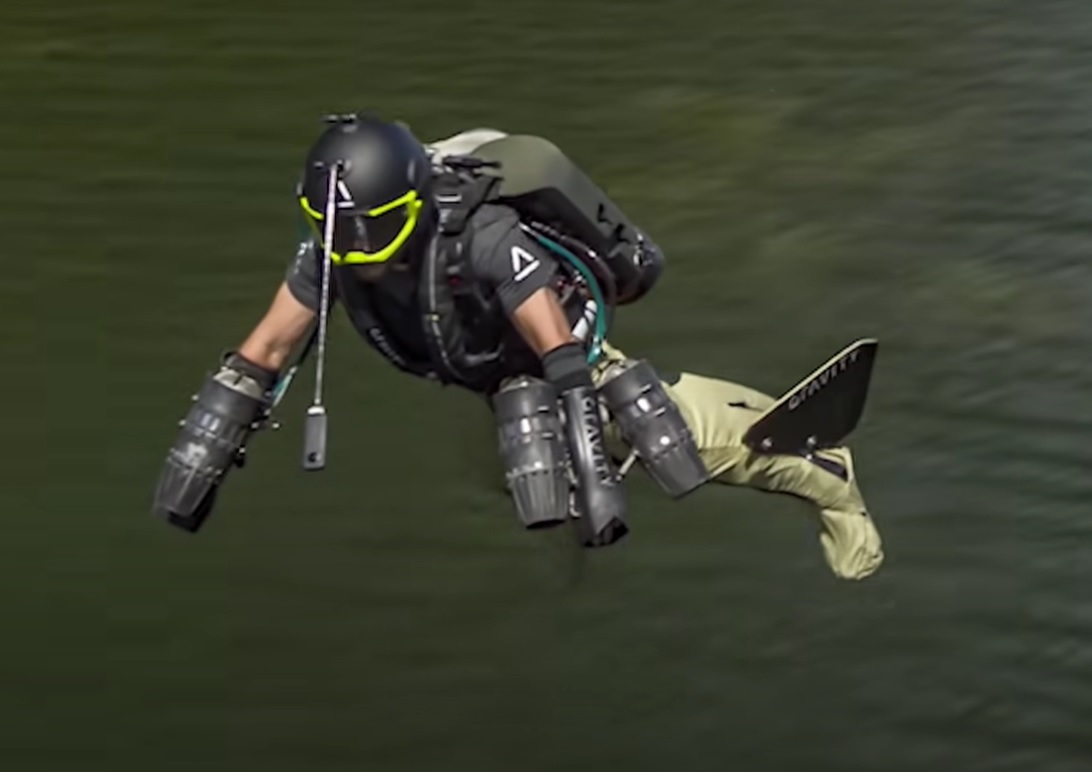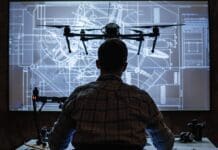This post is also available in:
 עברית (Hebrew)
עברית (Hebrew)
The US Defense Advanced Research Projects Agency (DARPA) is looking to develop futuristic systems that “may be air deployed to allow for infiltration to hostile territory, or ground deployed to allow for greater off-road mobility without the use of existing vertical takeoff and landing aircraft such as helicopters and CV-22,” according to its recent announcement.
The agency is looking to develop a “Portable Personal Air Mobility System,” inviting submissions of research concepts, in order to study the technical feasibility of military jetpacks, and other personal flying platforms, potentially for use by US special forces.
DARPA says such a system could come from entirely new designs or modifications to existing systems. Some examples of technologies that it is interested in include jetpacks, powered gliders, powered wingsuits, and powered parafoils. The Portable Personal Air Mobility System might be powered by electric propulsion technologies, hydrogen fuel cells or conventional heavy fuel propulsion systems, according to flightgloabl.com.
The platforms would be one-time use or could be reusable, so long as the system requires minimal repacking and redeployment work.
In contrast to the AFWERX Agility Prime program, an effort within the US Air Force to develop small electric vertical-takeoff-and-landing aircraft, DARPA wants systems that can be carried by one person. The system ought to be storable in one or fewer man-portable containers or mobility bags.
“When deployed, the systems allow mobility for a range of at least 3.1mi (5km) for a single operator, likely at low to medium altitudes,” says DARPA. “Systems should be designed such that assembly and deployment can occur in less than 10min using only simple tools or no tools at all.”
The system must be able to launch without help from an environmental factor, such as wind or elevation.
DARPA wants the system to be stealthy, with low noise and infrared signatures.
“It is anticipated that computer assisted control functions and intuitive interfaces will enable an effective operational system in addition to an overall system design that permits fast, equipment-free set-up,” says DARPA.
DARPA says depending on the results of the development effort, Department of Defense users, including special forces units, might be interested in transitioning the technology into an operational capability.
The jetpack idea is not new to military forces. In 2020, the UK Royal Navy demonstrated several personnel quickly boarding a boat using jetpacks made by Gravity Industries. US Special Operations Command reportedly signed a development agreement with JetPack Aviation in 2016. That company’s JB-11 JetPack is powered by six small jet engines, has a top speed of 109kt (200km/h) and an endurance of about 10 minutes.

























